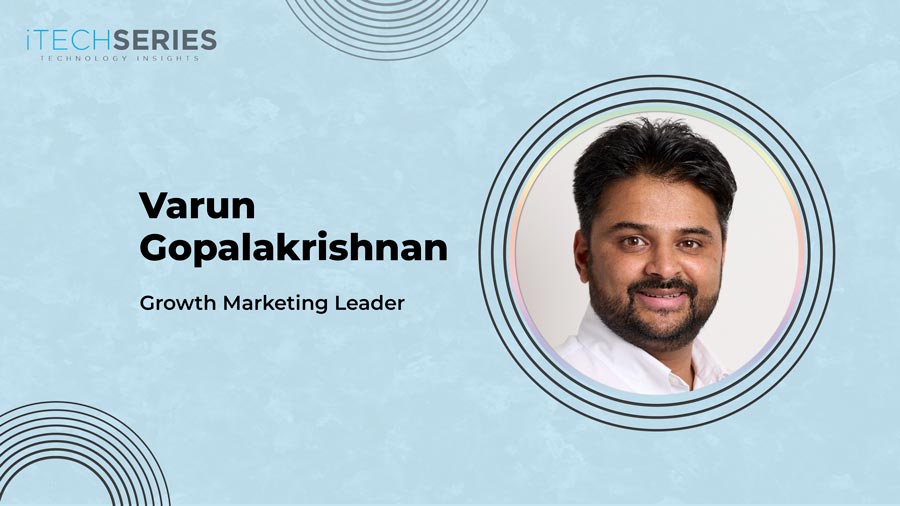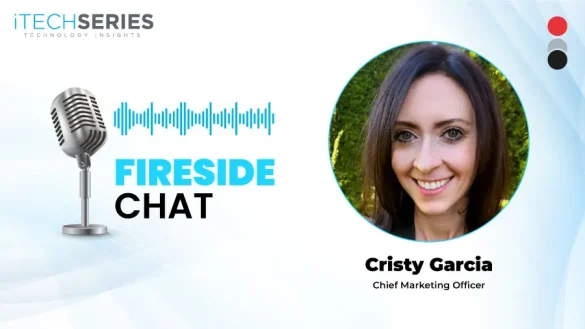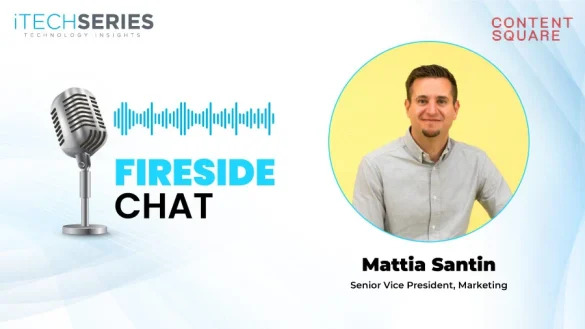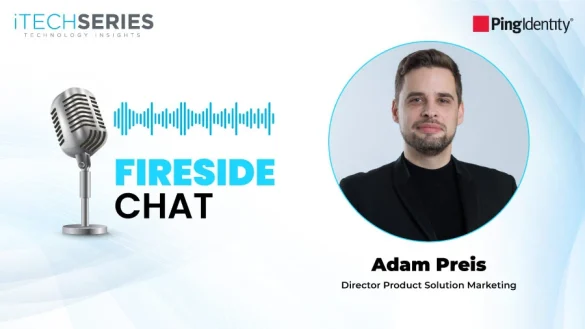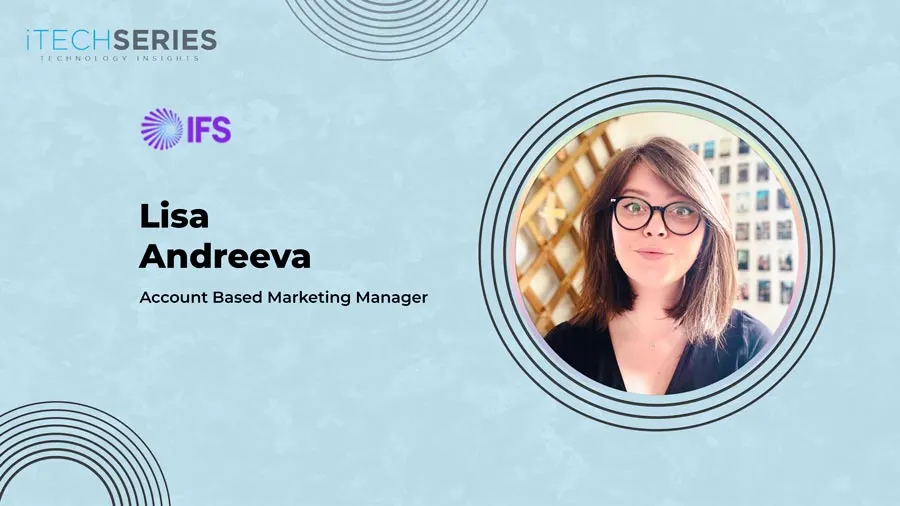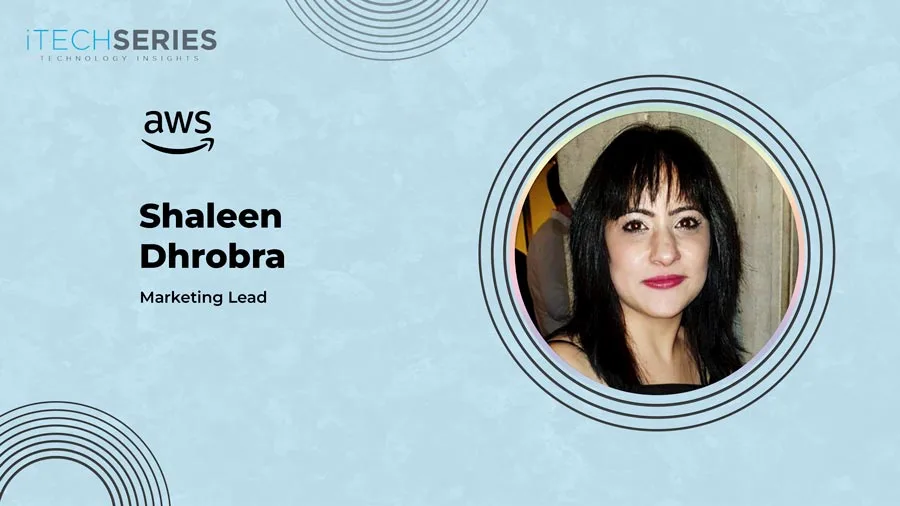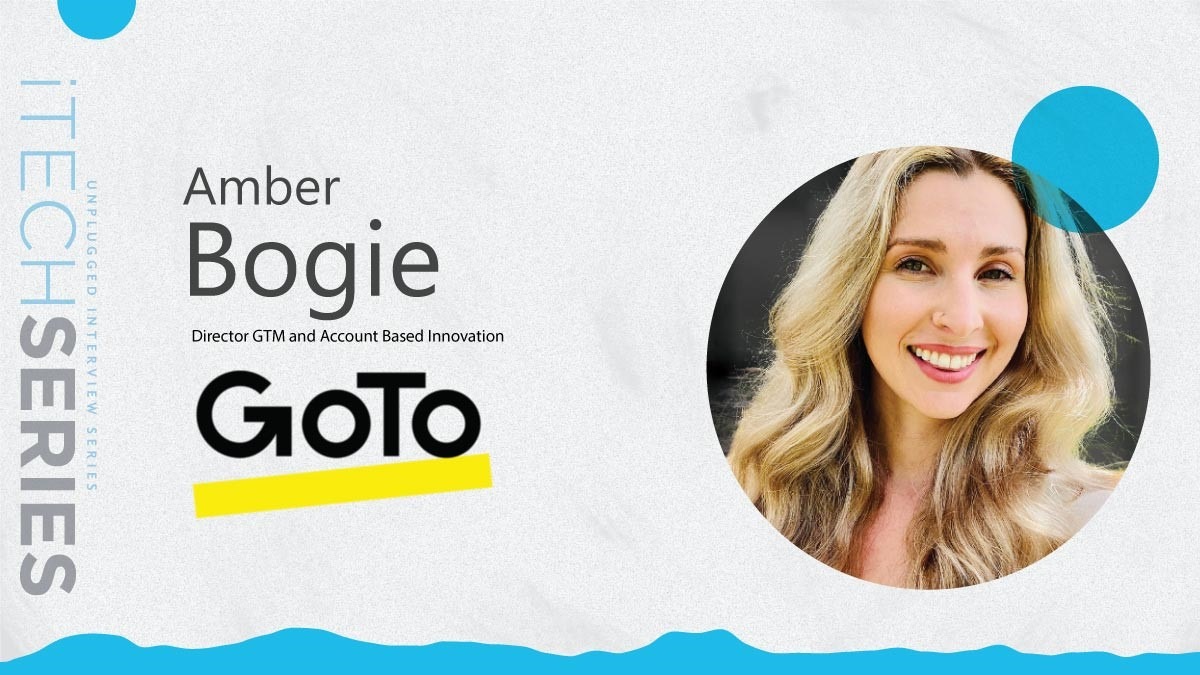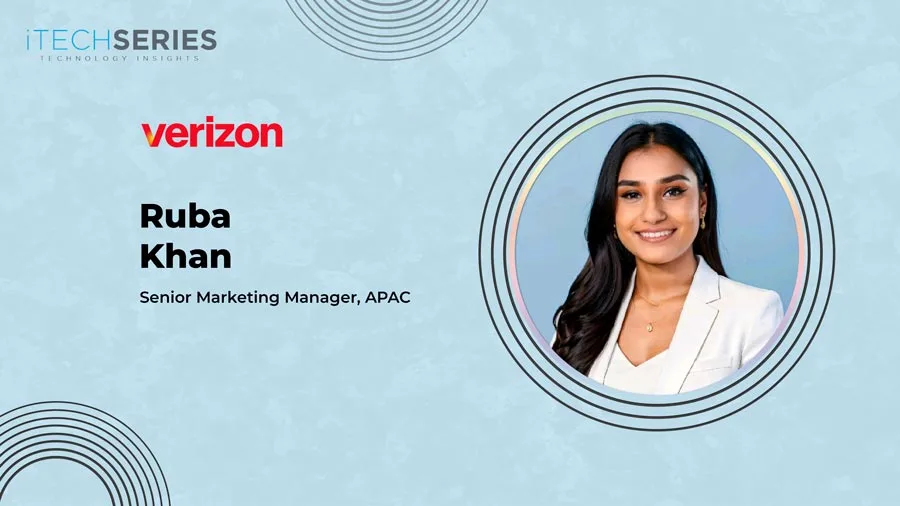Varun Gopalakrishnan, a Growth Marketing Leader for UKI at a leading network products and services provider, takes us through his 15-year journey from Sales Development Representative to Growth Marketing in the B2B tech space. He explores the power of data, AI, and cross-functional collaboration in driving scalable and impactful marketing strategies.
Welcome to our interview series, Varun! Could you share a glimpse of your journey in marketing?
My career began as a Sales Development Representative (SDR), where I honed my skills in lead generation and client engagement. Over the past 15 years, I’ve transitioned into strategic marketing roles, focusing on B2B technology sectors. My journey has been driven by a passion for measurable impact—leveraging data to align sales and marketing, deploying advanced tech stacks, and designing campaigns that deliver scalable growth. Each step has reinforced the importance of bridging market insights with execution to drive tangible results.
As a growth marketing leader, how critical is cross-functional collaboration in today’s integrated revenue teams?
Collaboration isn’t just a buzzword—it’s the backbone of success in modern revenue organizations. When sales, marketing, and customer success teams operate in sync, silos break down, and everyone rallies around shared goals. This alignment ensures cohesive strategies, faster decision-making, and a unified approach to capturing market opportunities. Without it, even the best campaigns risk falling flat due to misaligned priorities. Ultimately, cross-functional collaboration leads to higher efficiency, better resource utilization, and more impactful results.
When evaluating marketing campaign ideas, what criteria do you prioritize?
I focus on four key filters:
- ROI Potential: Will this deliver measurable returns and contribute to long-term profitability?
- Strategic Alignment: Does it support our broader business objectives and enhance our competitive positioning?
- Scalability: Can we adapt this for larger audiences, different regions, or evolving market needs?
- Audience Impact: Will it resonate with our target demographic and drive meaningful engagement?
Every idea also undergoes a rigorous feasibility check, incorporating market trends, competitor analysis, and customer insights to ensure well-informed, data-driven decisions that maximize success.
How do you approach integrated marketing to maintain a consistent brand message across channels?
It’s about harmonizing the message while tailoring it to each platform’s strengths. For example, LinkedIn might host thought leadership content, while Instagram focuses on visual storytelling. I monitor real-time engagement metrics to refine tactics, ensuring the core narrative remains consistent. The goal is a seamless experience—whether a customer interacts with us via email, social media, or a webinar, they feel a unified brand presence.
“Marketing’s evolution is relentless, but the core remains: understand your audience, innovate fearlessly, and measure everything.”
Can you share a particularly challenging campaign you’ve led?
Absolutely. This campaign was for a newly launched cybersecurity product for a niche market unfamiliar with the emerging threats that the product addressed. The challenge was twofold: educating the audience and positioning the solution as the best choice. We deployed a mix of educational webinars, partnerships with industry experts, and case studies showcasing real-world success. The content was tailored to address specific pain points, making it highly relevant. It was gruelling, but the campaign drove a 40% increase in qualified leads within six months.
What unique factors influence networking and security product adoption in the UK and Ireland (UKI) markets?
The UKI’s mature IT infrastructure and strict regulations, such as the GDPR, create both hurdles and opportunities. While compliance demands careful messaging, the shift toward edge computing, IoT, and AI-native network security opens doors for scalable, secure solutions. Success here hinges on balancing technical credibility with clear communication about how products simplify compliance, enhance operational efficiency, and future-proof infrastructure against evolving security and networking challenges.
How do you measure and optimize campaign performance?
I keep track of KPIs including lead conversion rates, customer acquisition costs, and engagement metrics. A/B testing helps refine messaging, while cohort analysis reveals which segments respond best. For instance, if a campaign underperforms with mid-sized businesses, we’ll adjust targeting or offers. Optimization is ongoing—every data point informs smarter iterations, ensuring continuous improvement. By leveraging automation and AI-driven analytics, we enhance decision-making and maximize ROI for sustained marketing success.
How has AI transformed your marketing strategies?
AI has been a game-changer, especially in personalization. Machine learning models predict customer behavior, allowing us to tailor content dynamically. For example, AI-driven sentiment analysis helps craft empathetic email responses during crisis moments, ensuring brand communication remains authentic and responsive. AI optimizes ad targeting, enhances predictive analytics, and automates customer segmentation for improved marketing precision. It’s not just about efficiency; it’s about creating deeper, more relevant connections at scale.
As a GTM leader, what’s your philosophy for building high-performing teams?
I prioritize three pillars:
- Continuous Learning: Encouraging certifications, workshops, and cross-departmental shadowing.
- Data Fluency: Ensuring every team member can interpret and act on metrics.
- Collaborative Culture: Celebrating wins as a team and fostering open feedback
Marketing’s evolution is relentless, but the core remains: understand your audience, innovate fearlessly, and measure everything. Whether it’s AI or cross-functional teamwork, the brands that thrive are those that adapt while staying rooted in strategic clarity.
About Varun Gopalakrishnan
Varun is a seasoned B2B marketing professional with 15 years of experience driving growth, brand awareness, and revenue. He specializes in digital marketing, content marketing, SEO/SEM, and event marketing, leveraging analytics to optimize campaigns and maximize ROI. Beginning his career as an SDR, he transitioned into strategic marketing roles in B2B tech, aligning sales and marketing through data-driven strategies. His expertise includes deploying advanced tech stacks, driving lead generation, accelerating pipelines, and executing impactful global campaigns.

